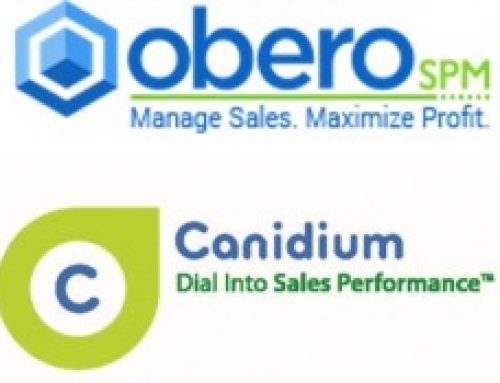In the sales industry, commissions and compensation models are some of the leading drivers that encourage agents and representatives to not only hit their quotas, but go above and beyond them. The more lucrative commissions are, the harder they will work to try to get those additional sales.
At the same time, businesses need to make sure they are still making money on the products or services sold. This can complicate matters, particularly at companies that sell a variety of goods and services. For example, selling a one-time product and a long-term service plan are radically different – the former will be a solitary purchase (barring any maintenance or upkeep costs) and the latter is a purchase that could drive revenue for years to come.
As such, sales teams need to use incentive compensation management software to help guide their commission systems and payout. As IT blog CRN notes, there are a variety of viable compensation models that companies can use to reward employees, drive sales and maximize incoming revenue. There is no one specific model that fits every company. Rather, the right approach depends largely on the industry and the company offerings.
For example, in the IT industry, there are three commonly used commissions models: the insurance-agent system, the first-year model and the first-year plus bonus standard.
The insurance-agent model pays commissions throughout the life of the contract, from initial sale to contract termination. This system is designed to encourage customer relationship management in addition to lead conversion.
The first-year model pays representatives for the first year of service. Even if the client stays onboard for more than a year, the additional revenue goes to the business as a means to reinvest in other areas, rather than to the salesperson who originally inked the deal.
The first-year-plus-bonus model is a mix of the two. Reps are paid for the first year of the contract and also get a bonus in subsequent years, although the right is decreased compared to the first year. This system encourages the sale of low-cost services, rather than high-cost ones that may have a large upfront worth.
Selecting the right incentive compensation management approach requires businesses to think critically about their objectives and their products and services. When combined with ICM, this will help them choose the right model to reward agents.



